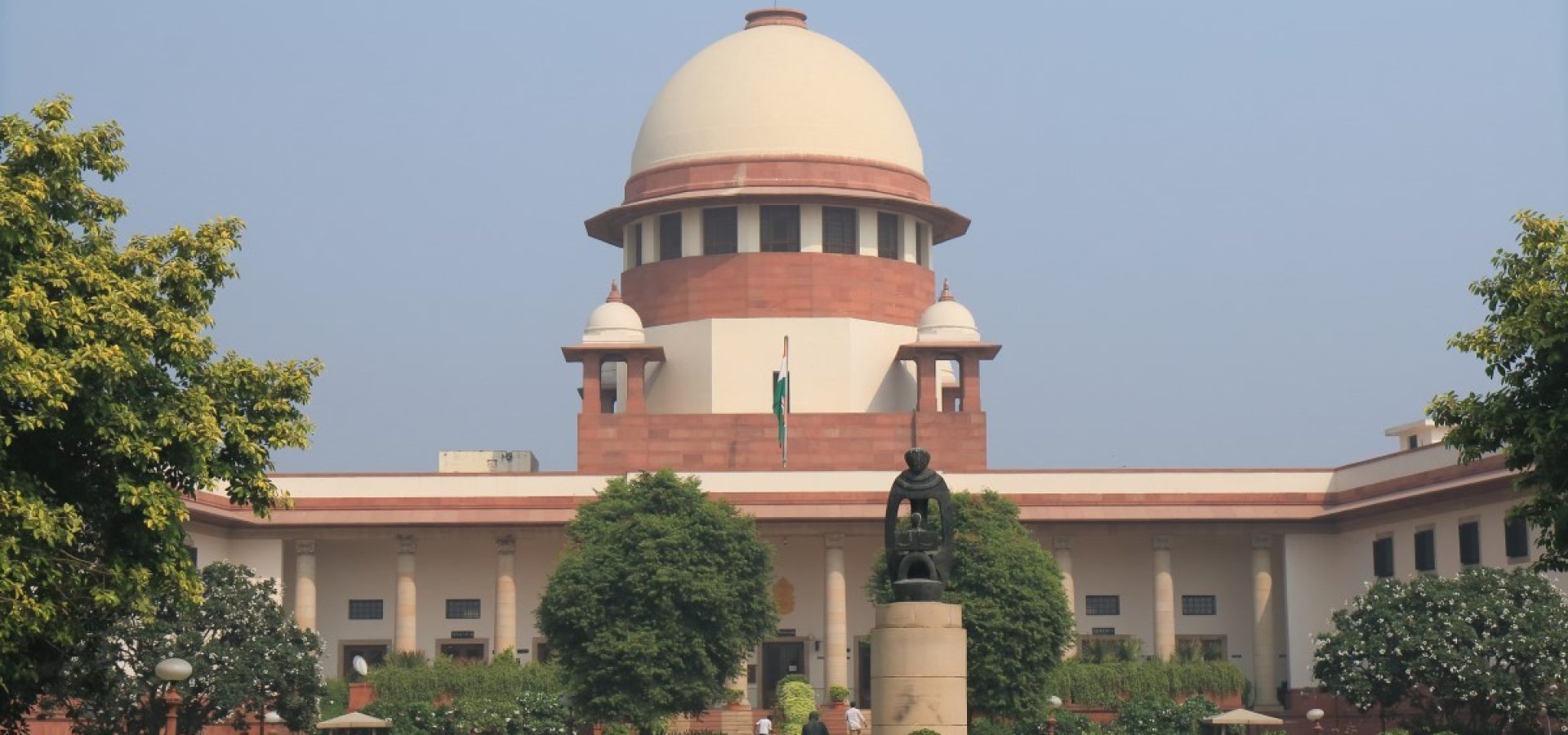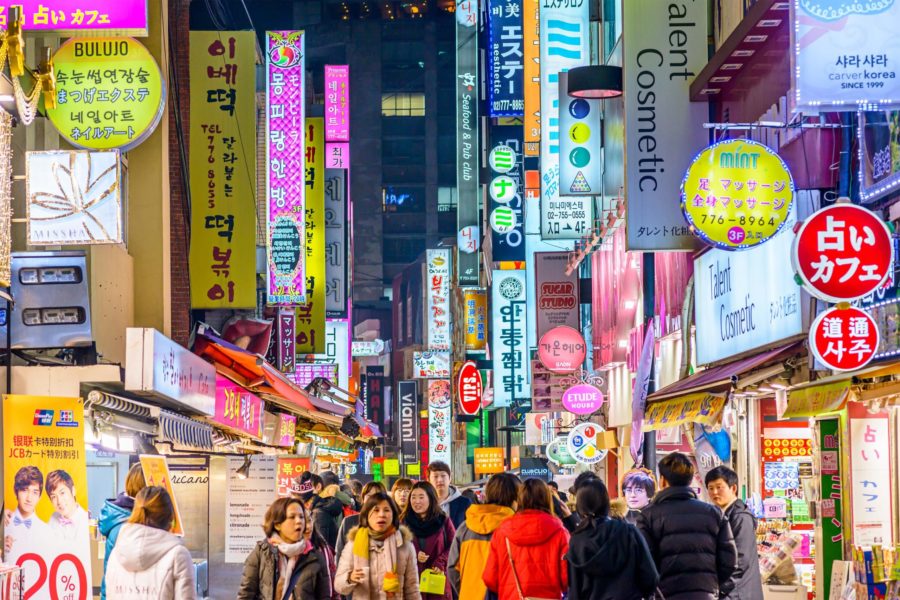The state of the local economy was far from being ideal even before the coronavirus pandemic. However, the pandemic created additional issues for one of the world’s largest economies. Unfortunately, the coronavirus continues to spread in the country. On Monday, India reported 78,512 new coronavirus infections. Moreover, on Sunday the country posted the world’s biggest single-day tally since the pandemic began several months ago. As a result, it is not surprising that the local economy is struggling to cope with problems.
According to India’s National Statistical Office, the economy contracted by 23.9% in the first quarter of the 2020-2021 fiscal year. The first fiscal quarter ended in June. Unfortunately, compared with the same quarter in 2019, the economy contracted by 23.9% this year.
It is worth noting that, it is the worst performance since the country’s government began publishing quarterly gross domestic product figures more than 20 years ago in 1996. This is not the end of the story, it is the worst decline among the world’s major economies releasing GDP figures for that same quarter. This information came from the Organization for Economic Cooperation and Development. This year, the country is facing an extraordinary situation.
As stated above, the local economy was struggling to cope with problems even before the pandemic. Several years ago, in 2016 the government took 85% of paper money out of circulation as part of a demonetization policy.
The aim of this policy was to curtail corruption. However, a demonetization policy created problems for the small, cash-run businesses. In 2017, a new goods and services tax scheme aimed to simplify the tax code affected the big manufacturers. Moreover, in 2019, the unemployment rate reached its highest level in four decades.
Local economy and coronavirus pandemic
The country’s government announced the biggest lockdown in the world in late March. White-collar workers started to work from home. However, the situation was more difficult for hundreds of millions of impoverished laborers. Many of them lost their jobs, due to the pandemic.
Furthermore, millions of migrant workers tried to return to their villages and cities. However, it was quite hard to cover hundreds of kilometers without any funds. Moreover, as many people left big cities, they inadvertently helped to spread the coronavirus to other parts of the country.
In May, the government started to ease lockdown restrictions. Prime Minister Narendra Modi announced a $266 billion coronavirus stimulus package. The government allocated money for the poor. However, manufacturing, as well as consumer spending, have yet to recover.
At the moment, India has the third-highest number of cases in the world after the U.S. and Brazil. However, the central government continues to ease lockdown restrictions. The government is trying to tackle widespread unemployment that came with the spring lockdown.
Interestingly, the government issued a new national guideline. According to the government, it is possible to reopen everything except schools, movie theaters, swimming pools as well as international flights. However, state and municipal authorities still maintain certain restrictions affected by the coronavirus pandemic.
It won’t be easy to get the economy back on track. However, the country has the potential to repair the damage and to boost the economy.









COMMENTS